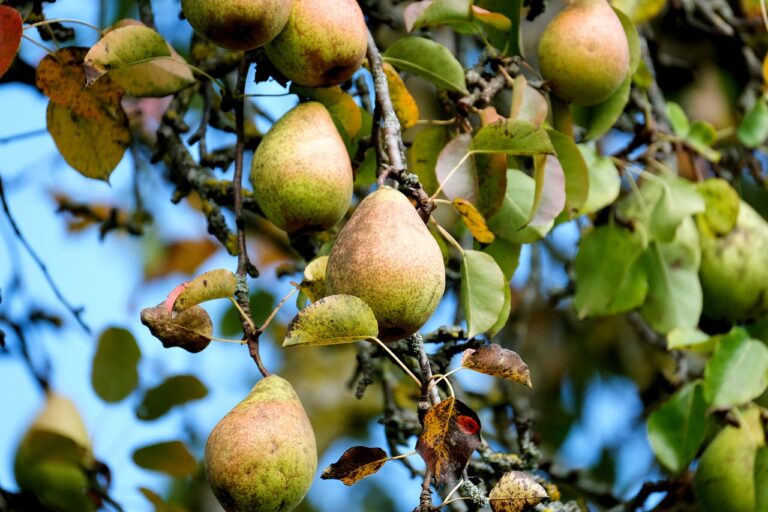Exploring the Role of Meat Processing in Cultural Exchange: Bet bhai 9, Playexch9 com login, Lotus365win
bet bhai 9, playexch9 com login, lotus365win: Exploring the Role of Meat Processing in Cultural Exchange
When it comes to cultural exchange, food plays a crucial role in bridging gaps and bringing people together. One aspect of food culture that often gets overlooked is meat processing. From traditional methods passed down through generations to modern innovations, the way meat is processed can reveal a lot about a culture’s values, beliefs, and traditions.
In this article, we’ll explore the role of meat processing in cultural exchange and how it has shaped societies around the world. So grab a snack and join me on this delicious journey through the world of meat processing!
The History of Meat Processing
Meat processing has been around for thousands of years, dating back to ancient civilizations like the Egyptians and Greeks. These early societies developed techniques for preserving meat, such as drying and smoking, to ensure a stable food supply throughout the year.
As trade routes expanded and empires rose and fell, meat processing techniques spread across continents, influencing the way different cultures prepared and consumed meat. Each region developed its unique methods, using local ingredients and flavors to create distinct dishes that reflected their cultural identity.
Traditional Methods vs. Modern Innovations
While traditional methods of meat processing are still practiced in many parts of the world, modern innovations have revolutionized the industry. Advances in technology have made it easier to mass-produce and distribute meat products, leading to a globalization of food culture.
However, as more people become aware of the environmental and ethical implications of industrialized meat production, there has been a resurgence of interest in traditional methods. Artisanal butcher shops and farm-to-table restaurants are gaining popularity, as consumers seek out high-quality, sustainably sourced meat products.
The Impact of Meat Processing on Cultural Exchange
Meat processing has played a significant role in cultural exchange, allowing people from different backgrounds to share their culinary traditions and learn from one another. Immigrants bring their unique meat processing techniques to new countries, creating fusion dishes that blend flavors from around the world.
In recent years, food tourism has become a popular way for people to explore different cultures through their cuisine. Meat processing facilities, like butcher shops and smokehouses, offer visitors a behind-the-scenes look at how traditional dishes are made, providing a hands-on experience that deepens their understanding of a culture’s food heritage.
Furthermore, social media has made it easier than ever to discover and share recipes from around the world, sparking a global conversation about the role of meat processing in cultural exchange. Platforms like Instagram and Pinterest are filled with mouth-watering photos of exotic dishes, inspiring people to try new flavors and techniques in their own kitchens.
Heading 1: The Cultural Significance of Meat Processing
Meat processing has long been a cornerstone of cultural identity, with each culture putting its unique stamp on how meat is prepared, cooked, and consumed. In many societies, traditional meat processing techniques are passed down from generation to generation, creating a sense of continuity and connection to the past.
Heading 2: The Role of Meat Processing in Celebrations
Meat has always been a central part of celebrations and feasts in many cultures. From roasting a whole pig for a luau in Hawaii to grilling kebabs over an open flame in the Middle East, meat processing plays a crucial role in bringing people together to share in the joy of food.
Heading 3: Fusion Cuisine and Meat Processing
As people travel and settle in new countries, they bring their culinary traditions with them, leading to the creation of fusion cuisine that blends flavors and techniques from different cultures. Meat processing is at the heart of many fusion dishes, as chefs experiment with new ways to combine ingredients and create unique flavor profiles.
Heading 4: The Evolution of Meat Processing Techniques
Over time, meat processing techniques have evolved to meet the changing demands of a globalized food market. From curing and smoking to sous vide and fermentation, chefs are constantly innovating to create new and exciting ways to prepare meat.
Heading 5: Sustainability and Meat Processing
With concerns about the environmental impact of industrialized meat production on the rise, many people are turning to sustainable meat processing methods. This includes grass-fed beef, pasture-raised poultry, and organic pork, which prioritize animal welfare and minimize harm to the planet.
Heading 6: Preserving Cultural Heritage Through Meat Processing
In an age of rapid globalization, preserving cultural heritage has never been more important. Meat processing plays a vital role in this effort, as it allows communities to maintain their traditional foodways and pass them on to future generations.
FAQs
Q: What are some traditional meat processing techniques?
A: Traditional meat processing techniques include drying, smoking, curing, and fermenting.
Q: How can I support sustainable meat processing practices?
A: You can support sustainable meat processing practices by buying locally sourced, organic meat from farmers who prioritize animal welfare and environmental stewardship.
Q: What is the future of meat processing?
A: The future of meat processing is likely to focus on innovative techniques that prioritize sustainability, animal welfare, and consumer health.
In conclusion, meat processing plays a crucial role in cultural exchange, allowing people from diverse backgrounds to share their culinary traditions and learn from one another. Whether it’s through traditional methods passed down through generations or modern innovations that push the boundaries of flavor and technique, meat processing continues to shape societies around the world. So the next time you sit down to a meal, take a moment to savor the flavors and appreciate the cultural significance of the meat on your plate. Bon app鴩t!







